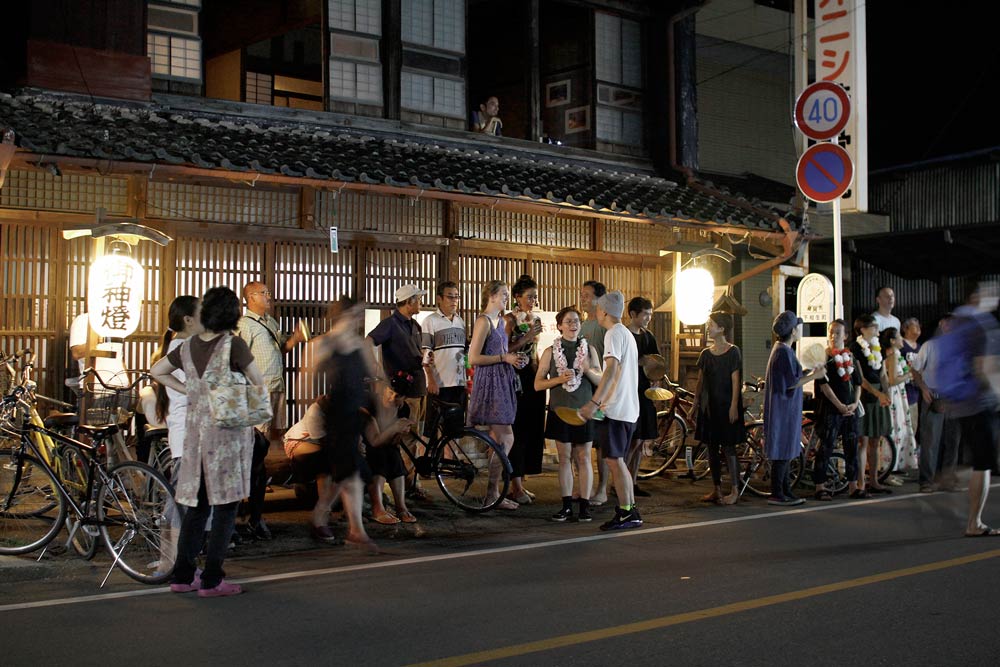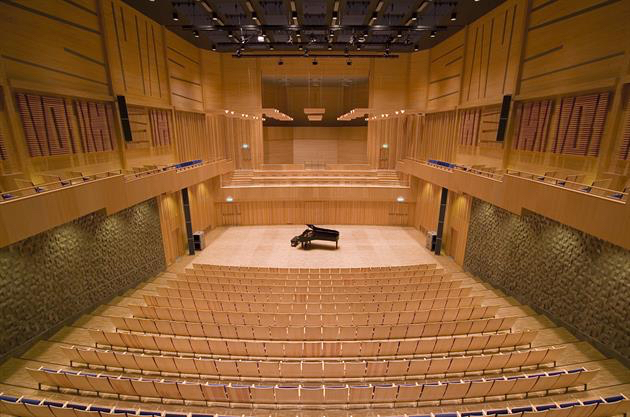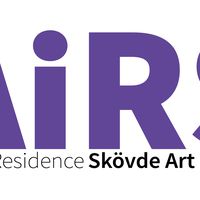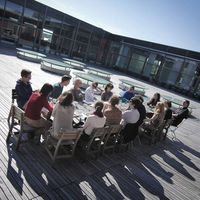#peripheries: Reviving the peripheral areas through art | Sweden and Japan

This month, culture360.ASEF.org is starting a new series of articles on the topic of #peripheries. The #peripheries have been regarded as being in the geographical margin, distant from the capital cities and cultural centres of countries. With an ongoing decentralisation trend, through this series of articles, we will look at various arts endeavours by artists, cultural professionals and art organisations who operate or occupy the peripheries in an urban society and the role that the arts play. In this article, Bojana Panevska focuses on how institutions in Norrbotten, Sweden and Onishi, Japan are finding ways to work together and how these collaborations contribute positively to their surrounding and community.
With gentrification taking its toll in the big cities, in the last few years, there has been a trend of cultural organisations and artists moving to peripheral areas, and not necessarily doing so because of cheaper living conditions. It is also about finding ways to positively contribute to the surrounding communities, without being instrumentalised for further gentrification of the area, as it very often happens in the cities.
The Swedish Lapland AiR network and Shiro Oni Studio in Japan clearly indicate how art initiatives are important for the development of remote communities, while at the same time supporting and appreciating the local culture, people, the history and heritage of the area. Regional networks are needed to provide art services, resources, and support to communities and cultural professionals. While in the case of Shiro Oni Studio, re-purposing the infrastructure of the area in a way that is open for artists and locals to be used, proving to be a successful experiment for reviving the place.
Swedish Lapland AiR is a project run by Resurscentrum för konst (ArtNorth) in partnership with other cultural institutions based in Norrbotten, an area that covers one quarter of Sweden, with sparse population. The network which started in 2018, is relatively new. There are a variety of organisations who are members: Northern Sustainable Futures in Moskosel, Arvidsjaur's municipality; The department of Culture & Leisure within Jokkmokk's municipality in cooperation with The Sami Education Centre; Konstmuseet i Norr, museum in Kiruna; KKV Luleå, artists collective studio; Havremagasinet, international art venue based in Boden, just to name a few.
In an interview conducted with Hanna Isaksson, the manager of this project, she mentioned that prior to the start of the project, she invited all the local artists’ organisations, institutions and practicing artists from the region for a meeting, to talk about what is beneficial for Norrbotten and how the local artists can be involved in the project.
As Hanna mentioned, the danger with doing such a project, especially in the peripheries, is that the art scene is very small, and you need to find a way for local artists to benefit from that. In the case of this project, the direct benefit is that the local artists very often act as hosts, and they receive a budget equivalent to that of international artists.
While in the Shiro Oni studio, located in Onishi, the focus is on hosting international artists to bring diversity to the area, and through that, bring focus to the countryside in Japan, where many rural places have problems with ageing population, lack of job opportunities for the younger generations and abundance of empty spaces. Therefore, starting a residency program for artists from abroad gives empty buildings a new meaning as well as a great impulse to the daily life in the town.

Shiro Oni Studio, Tea Ceremony at the Kinuya Building
The organisers of this residency, being aware of the deep attachment of the regional people to their place, natural environment and their communities, are organising different workshops to introduce the international artists to Japanese rural culture. These workshops are also about learning specific local crafts, like Japanese tea ceremony, straw rope making, zen mediations etc., depending on the artists’ interests. This not only gives a direct participation in the community for the artists, but also on some level, supports the local tradition and economy, which shows how meaningful it is for institutions in peripheral areas to be able to work with international artist or cultural professionals.
Another important trait of this residency is its use of empty spaces throughout the area – they have one main building that is used for artists accommodation – the Kinuya building, while the studios are dispersed throughout town, in vacant buildings that are remodelled for this purpose. While organising exhibitions and gallery talks, they also generate new opportunities for the locals, concurrently bringing new visitors to the area.

Studio Acusticum, Piteå, Sweden
Hanna Isaksson agrees with the importance of working with international artists, and in the case of Swedish Lapland AiR, networks as well. According to her, if you are located in the periphery, it is imperative to collaborate with artists and organisations out of your geographical zone. For example, after visiting a sound residency in Canada, she turned to Studio Acusticum, a multifunctional space located in Piteå, Sweden.
This organisation is not necessarily involved in the arts scene, thus another point if you are located in a peripheral area, is to access different organisations outside of the arts for collaboration. Studio Acusticum hosted the artist Vivian Caccuri who created "A Soul Transplant" – a sound and light installation, exploring stories about the inter-dependencies between humans and mosquitoes. The collaboration extended to Röda Sten, a gallery in Gothenburg, where the work was exhibited. The same work will be part of the performance art program in the closing weekend of the 58th Venice Biennale.

A Soul Transplant 2019 by Vivian Caccuri, photo by Hendrik Zeitler
While these two examples share a commonality in terms of geographical distance, it becomes obvious that connecting the local with the global through different gestures, no matter how small they may seem at times, can be beneficial for everyone. Enabling artists and communities to reflect on their own experiences, locally and sharing that experience further, is almost vital for sustaining the communities in the peripheral areas and raising awareness on certain issues, while at the same time supporting different artistic practices.
This article is written by Bojana Panevska, who has over 15 years of experience working in the international cultural sector, and as a freelance writer and researcher, published in variety of books and journals throughout Europe and USA. She is based in Amsterdam, where she also works as advisor for Mobility and Residencies at DutchCulture, centre for international cooperation. She is also the editor-in-chief of transartists.org, information platform for artist-in-residencies.
Similar content
deadline
12 Jun 2018
posted on
06 Apr 2011
posted on
05 Sep 2014






